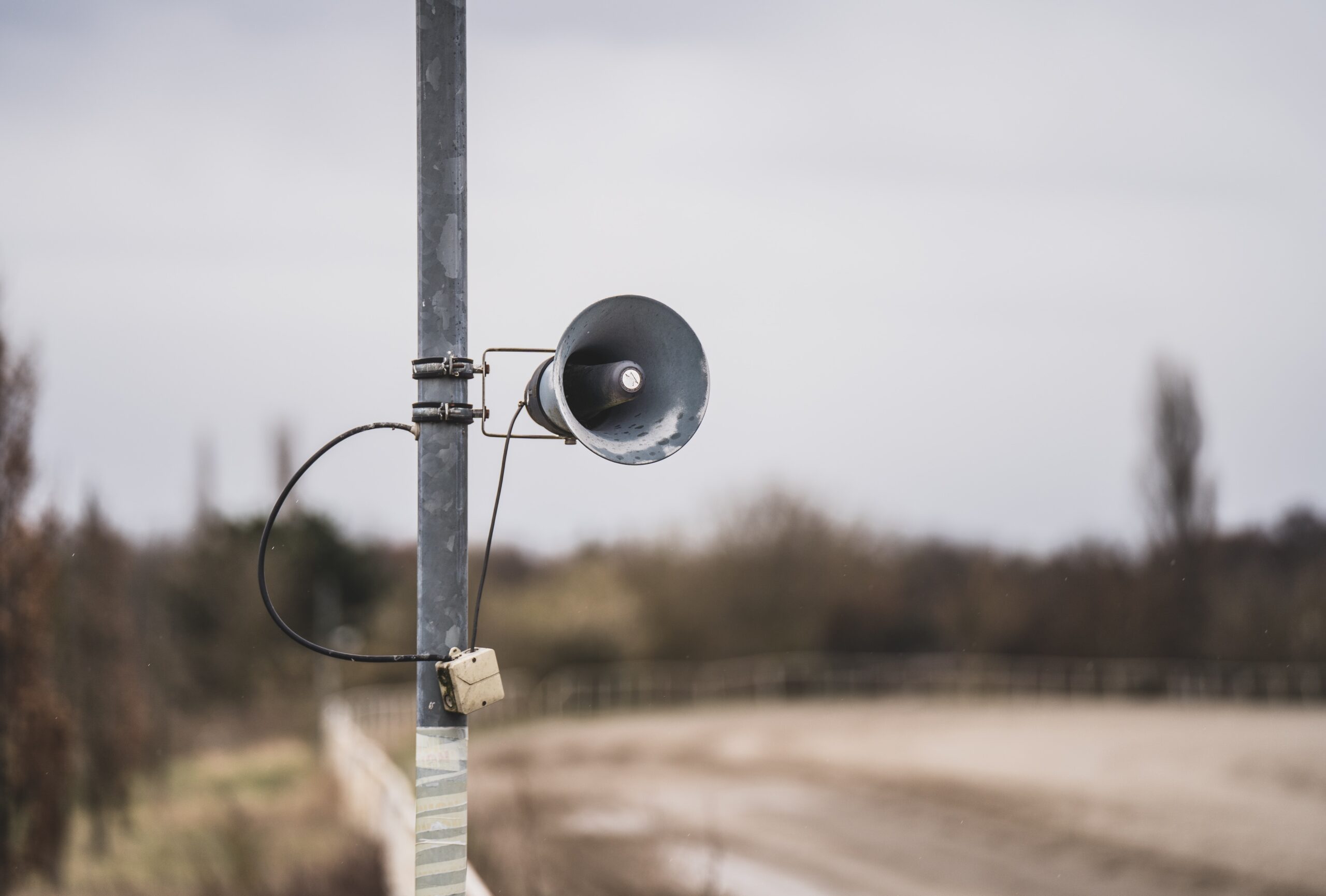Insights and Commentaries
Warnings and planning: how to prepare for a disaster

Disasters can strike at any moment, with little notice. Very often, individuals and households have precious few minutes and maybe even seconds to react and take the necessary action to protect themselves and their family members. Having a plan or some semblance of what to do amidst the panic could prove invaluable in such scenarios. A disaster preparedness plan would look something like this:
- Identify the type of hazards most likely to happen in your area. Different disasters present distinct dangers which therefore require different measures.
- Ensure that the house is stocked with enough food and water to last at least three days.
- Have an emergency kit available. Useful items would include flashlights, batteries, important documents and some basic first aid and medicine.
- Be ready to evacuate if necessary. Familiarise yourself with local evacuation shelters and determine the most efficient routes to get there.
- Assign responsibilities to each family member to increase efficiency and have a plan to unite with family members who are away from home at the time of disaster. In cities where natural disasters are frequent, consider having regular family meetings to go over the preparedness plan.
Early Warning Systems
Early Warning Systems (EWS) are a set of capabilities needed to generate and disseminate timely and meaningful information to enable individuals, households and communities to prepare for disaster risk and act appropriately to reduce harm and loss. Investments in these warning systems are regarded as among the most cost-effective climate change adaptation actions and disaster reduction policies. Investing in EWS also indicate that developing countries could reduce climate-related disaster loss by figures amounting to billions.
Despite significant evidence on their impact, many countries still lack adequate EWS. Data collected in 2022 by the World Meteorological Organization shows almost one third of the world’s population is still not covered by EWS. The UN announced in 2022 the goal of ensuring everyone on earth is protected by early warning systems in the next five years. It remains to be seen whether such an ambitious target can be achieved.
The February 6, 2023 earthquakes that struck Turkey and Syria – resulting in more than 55,000 deaths – highlighted the urgency and necessity of EWS and offers a stark reminder to governments across the world on the significance of setting a global network on early warning.
When coupled with a reliable preparedness plan, EWS is capable of affording families and communities precious seconds that could result in thousands more lives being saved. The Institute for the Public Understanding of Risk (IPUR) published a report about warnings and preparedness in Asia, looking at EWS coverage and reliability, and whether people in Asia have a plan.
Countries with strong EWS and plan
Using data from the World Risk Poll, the report showed that the Philippines had the highest EWS coverage and proportion of families who had a plan and felt well prepared. For a country that experiences frequent natural disasters, the data bodes well for residents in the Philippines. The government adopts a multi-pronged disaster management programme which covers organisation and training, construction of disaster-reduction facilities, effective and timely communication of public information, research and development, and disaster response and recovery.
Another hazard-prone country which showed promising data was Vietnam. With about 70 percent of the population living in coastal communities with high exposure to storms and flooding, Vietnam has spared little expense in ensuring EWS covers a significant portion of the country. Other efforts include establishing a well organised disaster risk management system from central to local government levels.
Confidence and trust in government
Personal preparedness and EWS coverage are important factors in mitigating disaster risk, but what about the role of public authorities and governments? Furthermore, how does public trust and confidence affect peoples’ capacity to improve levels of preparedness?
In most countries surveyed, higher personal preparedness is associated with higher perceptions of institutional preparedness. This is reflected in countries like the Philippines, Vietnam and Bangladesh where people feel well prepared and perceive their government and local authorities to have high levels of institutional preparedness. The converse is also true for countries like Afghanistan and Mongolia where low institutional preparedness is associated with low personal preparedness.
Interestingly in countries like Myanmar and India, there was a more contrasting relationship between personal preparedness and perceptions of institutional preparedness. About 30 percent households in India had no plan in the event of a disaster but perceived high levels of institutional preparedness. In Myanmar, 56 percent of households felt well prepared for a disaster but perceived low levels of institutional preparedness.
This suggests that there are countries where people plan because they have no confidence in their national and local governments, and countries where people do not plan because they have strong confidence in their governments.
Unfortunately, there were also countries like Pakistan and Mongolia who had overall low levels of preparedness (personal and perceived institutional). This finding is particularly troubling in light of the tragic floods in Pakistan in 2022 where close to 2,000 people were killed and over two million displaced from their homes.
Implementation
EWS coverage, having a personal/household preparedness plan and competent institutional disaster risk management are all factors that contribute to mitigating disaster risk. They act as different cogs to the wheel to ultimately present and communicate risk information in a timely and clear manner. It can be argued, however, that without proper implementation and utilisation of these disaster risk-reduction capabilities, the number of lives saved might not increase drastically.
In countries where there are few to no disasters such as Singapore, it is challenging to effectively know whether the EWS, plan or government protocols will work in the manner intended. In countries such as the Philippines where disasters are relatively frequent, the logical thing to do would be learn from past disasters to ensure more improved measures and actions. However the frequency and variety of disasters, as well as the required recovery and rehabilitation period, may sometimes prove to be too overwhelming for disaster risk-reduction measures to be successfully implemented in the country.
One consideration which might benefit countries like Singapore and the Philippines is interventions that help people make plans to their specific conditions – the types of hazards they are exposed to, country’s physical infrastructural and economic capabilities etc. In Japan, there are heavy investments on EWS and evacuations drills for earthquakes and tsunamis but not floods, which are also a major threat to the country. Residents in Singapore have lower levels of risk perception towards disaster risk due to the country’s geographical location. However, there are underlying climate threats that go unnoticed as a result – sea level rise, urban heating, food security etc.
To best prepare for disasters prevalent in a country, government and local authorities should develop tailored communication interventions that are trigger the necessary behaviours and actions in people to mitigate risk. Furthermore, sources of information should not only come from experts or figures of authority but also from grassroot leaders who have a more nuanced understanding of the community structure.
Check out a related commentary on Singapore’s preparedness.


